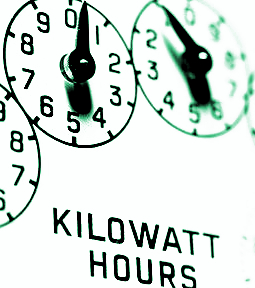AER changes offer
 The Australian Energy Regulator (AER) has laid out power price adjustments for consumers.
The Australian Energy Regulator (AER) has laid out power price adjustments for consumers.
Under the AER’s recent draft decision the ‘default market offer’ will fall slightly for some customers, while rising for others.
It will be relief for some following a series of recent steep hikes.
The announcement covered determinations for SA Power Networks, ElectraNet, and Murraylink.
SA Power Networks received approval for a $11.2 million increase, attributed to flood recovery efforts along the River Murray.
ElectraNet and Murraylink face reductions of $6.15 million and $1 million, respectively, the former due to anticipated lower inertia system service costs and the latter from decreased connection charge forecasts.
These adjustments come at a pivotal time, following a period marked by sharp increases in energy costs, with rates soaring by up to 40 per cent over the last two years.
The AER's proposal, part of its draft default market offer for 2024-25, suggests a pivot towards consumer protection with projected price falls for a substantial number of customers, balanced against hikes for others.
Residential customers in Sydney and South Australia could see reductions between 1.9 per cent and 3 per cent, potentially shaving off up to $57 from annual bills. Some small business users in Sydney will enjoy cuts nearing 10 per cent.
The draft ruling also suggests more substantial decreases for households on controlled loads, involving tariffs for specific appliances like hot water systems.
However, it is not all positive, with projected increases of up to 2.7 per cent for households in South East Queensland and 0.9 per cent for those in rural New South Wales, translating to about $53 in potential additional costs each year.
AER Chair Clare Savage notes that this is a draft proposal, and has invited consultation ahead of a final decision in May.
The new figures occur against a backdrop of easing wholesale electricity markets and rising network costs, fueled by inflation and investments in the energy transition.
Experts say the adjustments reflect a delicate balance, attempting to shield consumers from the brunt of cost increases while acknowledging the broader economic pressures and the essential nature of network investments for a sustainable energy future.







 Print
Print